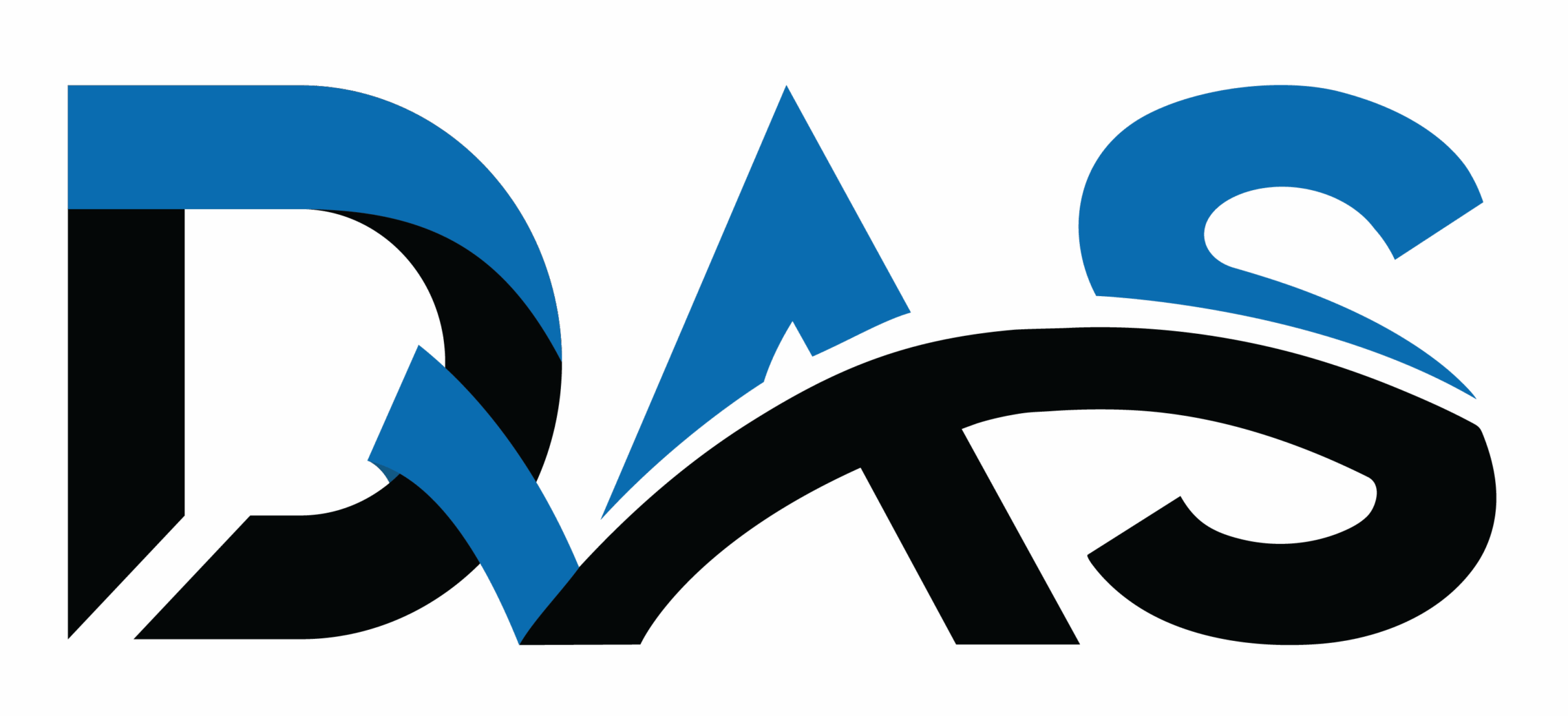ISO 31000
⚖️ ISO 31000:2018 – Risk Management Guidelines
ISO 31000:2018 is an internationally recognised standard that provides principles and guidelines for effective risk management across all types of organisations.
📅 Published in February 2018 by ISO Technical Committee 262, it replaced the 2009 edition to better address modern business challenges and evolving stakeholder needs.
🌍 The standard is generic and can be applied to any organisation — regardless of size, sector, or industry — to strengthen decision-making, resilience, and performance.
It provides a structured framework for identifying, assessing, and managing risks such as:
💸 Financial losses
🛡️ Cyber threats & data breaches
📑 Intellectual property theft
⚠️ Health & safety incidents
🌱 Environmental & operational hazards
🎯 Purpose of ISO 31000
The standard helps organisations to:
✅ Embed risk management into culture and governance
✅ Strengthen resilience against threats while seizing opportunities
✅ Promote consistent, transparent, and proactive decision-making
✅ Reduce uncertainty and support long-term sustainability
📌 Core Principles of ISO 31000
ISO 31000 is built on guiding principles that ensure effective risk management:
🔹 Integration – Embedded in all organisational processes
🔹 Structured & Comprehensive – Reliable and systematic approach
🔹 Customised – Tailored to organisational context
🔹 Inclusive – Involving stakeholders for accuracy and relevance
🔹 Dynamic – Responsive to change and emerging risks
🔹 Based on Best Information – Supported by data and analysis
🔹 Human & Cultural Factors – Considering behaviour and values
🔹 Continual Improvement – Regularly refining risk practices
🏗️ Key Components of the ISO 31000 Framework
1️⃣ Principles – Foundation for effective risk management
2️⃣ Framework – Governance, leadership, and integration into strategy
3️⃣ Process – Identification, analysis, evaluation, treatment, monitoring, and review of risks
🌟 Benefits of Implementing ISO 31000
✅ Strategic Advantage – Supports long-term planning & sustainable growth
✅ Improved Decision-Making – Risks and opportunities consistently assessed
✅ Greater Resilience – Faster adaptation and recovery from disruptions
✅ Enhanced Stakeholder Confidence – Demonstrates a proactive approach to uncertainty
✅ Operational Efficiency – Prevents losses, reduces surprises, and optimises resource use
✨ By applying ISO 31000:2018, organisations can create a culture of proactive risk management, ensuring they remain agile, resilient, and competitive in today’s fast-changing world.
